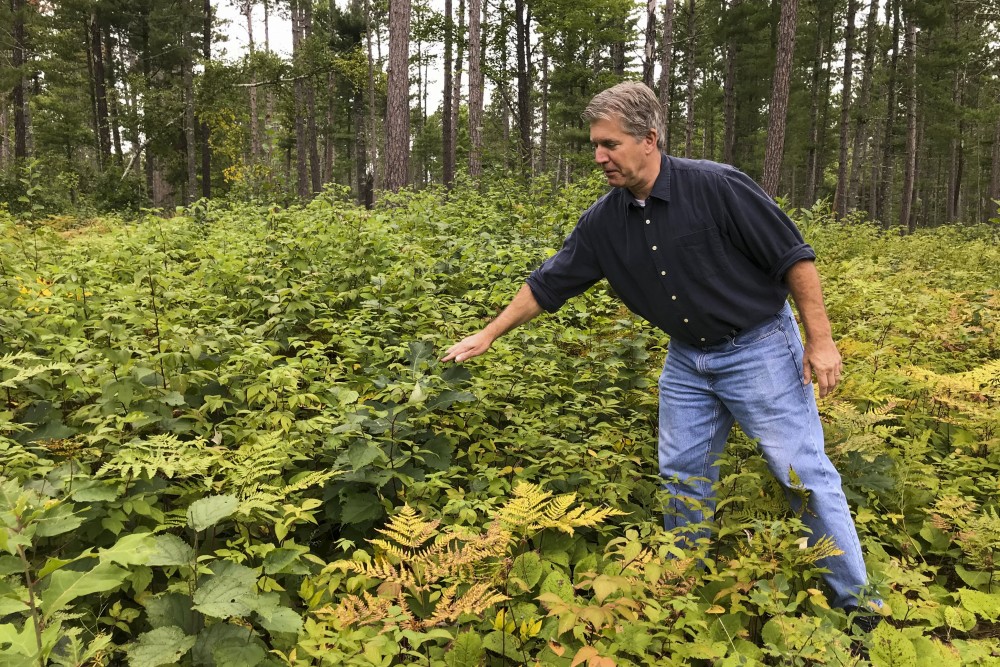Red pine trees stand tall throughout the Chippewa National Forest in northern Minnesota. This forest may look completely different in the next century due to climate change, and a University of Minnesota graduate student is working to find sustainable solutions.
Part of Jacob Muller’s work as a doctoral candidate involves looking at strategies for how forests in northern Minnesota can adapt and survive warmer, drier weather. This involves identifying tree species that do well in certain conditions and climates. The intent of the work is to help inform forest managers and researchers about adaptation strategies.
As the world is warming, the average higher temperatures could force trees from southern Minnesota to migrate north where climate conditions are more suited to them.
A paper by Muller and other researchers, published last month, show tree species normally found in southern Minnesota are doing well growing at the research site in the Chippewa National Forest.
The findings can help forest managers decide what tree species to plant to sustain the health of forests.

This work is considered controversial by some in forest management research because it involves moving tree species outside of their normal range, said Andrew Hudak, a forest researcher for the Rocky Mountain Research Station.
“In the science community, some people are in favor of this assisted migration, others are not,” he said.
The Cutfoot Experimental Forest research site, where the work is being conducted, is full of towering red pine trees, a common tree species found in northern Minnesota. This tree species may not be able to continue to survive there as climate conditions become warmer and drier.
This forest will change dramatically in the next century, said Brian Palik, site lead for the Cutfoot Experimental Forest.
The mission at this site is to experiment and try new things, Palik said. Muller’s research paper is the first published paper to come out of the 500-acre research site, which was established about six years ago.
Around 275,000 seedlings were planted as part of Muller’s research, which include seedlings of four tree species not native to the area.
While several of the seedlings planted for the project came from southern Minnesota, one species, the ponderosa pine, was brought over from the Black Hills in South Dakota. This species was included in the research because it was identified to potentially replace the red pine trees that inhabit the Chippewa National Forest, Muller said.
“We are looking at species similar [to red pine] but more adapted to future conditions,” he said.
Through his work looking at tree seedling growth and survival rates, Muller found that species not currently found in the Chippewa National Forest are performing well, which researchers on the project said was surprising.
Muller’s work is part of a larger international project looking at how forests are affected by a changing climate and finding solutions.
While research Muller worked on looks at how tree seedlings did over three years, the trees he studied will continue to be assessed for the next couple decades as part of the larger project, Adaptive Silviculture for Climate Change.
The idea for the research came about because forest services recognized a need for examples of adaptation strategies and what forests affected by climate change look like.
“The most interesting things in the research will happen 10 to 20 years down the road as the climate continues to change,” said Linda Nagel, the principal investigator for the ASCC project. Nagel worked at the University when she helped launch the project six years ago.
While it is hard to maintain and commit to a study that lasts for 20 years, Nagel said the research will provide “a gold mine of information.”
The forest site in northern Minnesota was the first site to be planned and implemented for the larger project.
“This is the first, if not the largest of its kind in the country,” Palik said.








